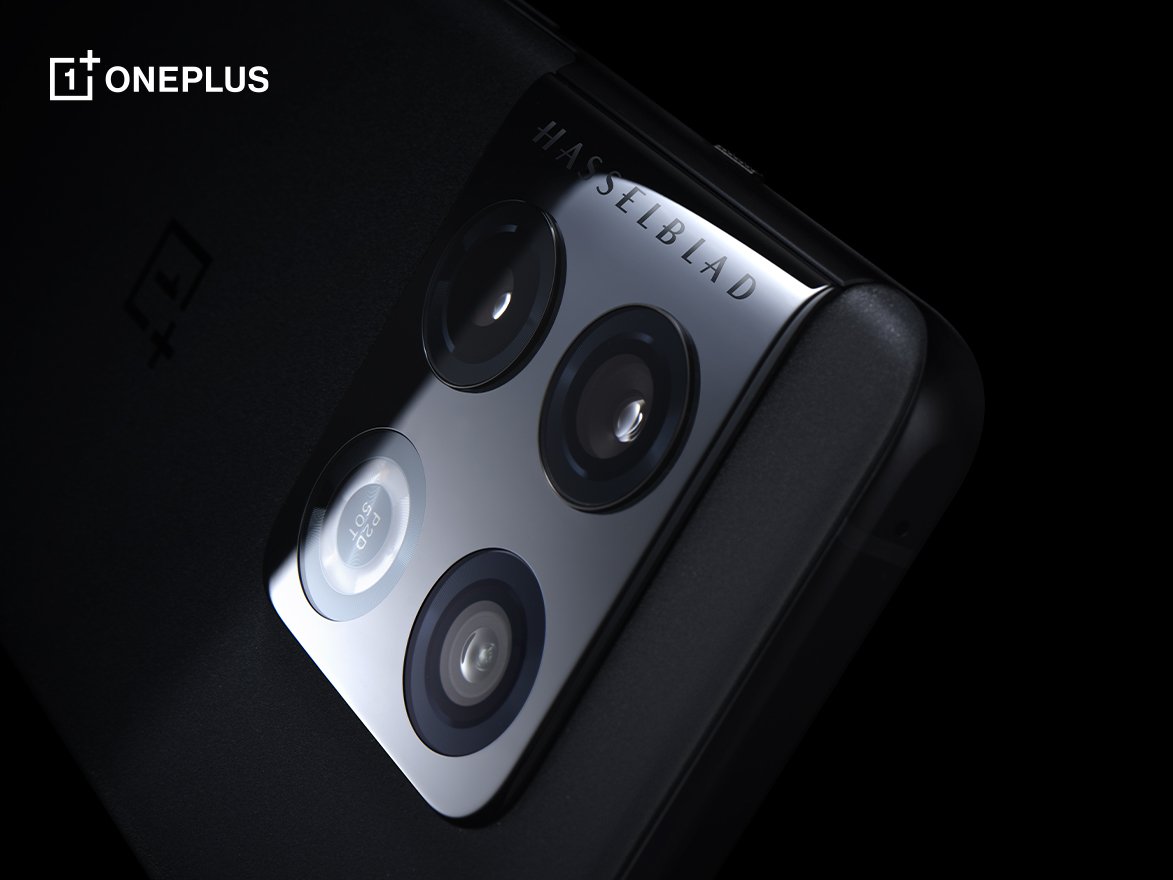The triple-camera setup on the back of the phone includes a 48MP main sensor, a 50MP ultra-wide shooter, and an 8MP telephoto lens.
What you need to know
- OnePlus has detailed the OnePlus 10 Pro's second-gen Hasselblad camera.
- The camera system includes an all-new Movie Mode and a 150° ultra-wide camera.
- There's also a new "OnePlus Billion Color Solution" that allows the phone to capture photos in full 10-bit color.
Earlier this week, OnePlus revealed nearly all the key specs of the upcoming OnePlus 10 Pro. Although a launch date hasn't been confirmed yet, the phone is expected to be unveiled sometime later this month. Ahead of its formal unveiling, OnePlus has shed light on the phone's second-generation Hasselblad camera system.
The OnePlus 10 Pro features a new OnePlus Billion Color Solution, allowing the phone to capture photos in full 10-bit color. That's an increase of 64 times compared to its predecessor, the OnePlus 9 Pro. 10-bit color isn't limited to just the main sensor, but is also supported on the telephoto and ultra-wide camera.
The other major highlight is the new 150° ultra-wide camera, which offers a field of view roughly four times wider than the ultra-wide cameras on many of the best Android phones. Similar to the Realme GT 2 Pro's ultra-wide camera, the one on the OnePlus 10 Pro also supports a Fisheye Mode that "replicates the look of dedicated fisheye cameras." You can even capture ultra-wide shots in a more traditional 110° field of view, with AI-powered distortion correction.
When it comes to software features, the OnePlus 10 Pro brings a second-generation Hasselblad Pro mode that is supported on the three rear cameras. It allows users to capture photos in 12-bit RAW format with Hasselblad's Natural Color Solution. OnePlus has also added a new "empowered RAW format" called RAW+, combining the benefits of capturing in RAW with the phone's computational photography smarts.
The new Move Mode gives users more control over various settings — including ISO and shutter speed, both before and during capture. It also makes it possible to capture videos in a LOG format without a pre-set picture profile, allowing users to capture videos with a higher dynamic range and more information in shadows and highlights.
Source: androidcentral








